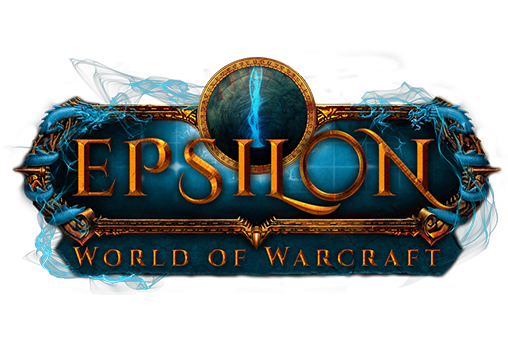Leaderboard
Popular Content
Showing most liked content on 06/05/21 in all areas
-
1 likeChangelog (Patch 830.2 - "Outfits Overhaul") Release date: 05 June 2021 Here you'll be able to read up on changes, big and small, made to various parts of the server. Legend • White - This was not changed. Also used for contrast. • Green - This was added. • Red - This was removed. • Yellow - This was changed. Highlights Multiple Outfits per Creature Creatures can now have multiple outfits associated with them. Random attributes within an outfit Outfits can now pick from a list of face, hair, hair colour, facial hair, skin and features rather than only use one. New Commands and Features .phase Subcommands added: .phase forge npc outfit .phase forge npc outfit add Adds a new blank outfit to the selected creature entry for it to randomly choose from. The outfit id is added to the displays list with a scale & weight of 1. The blank outfit is automatically set for immediate editing. .phase forge npc outfit copy Copies the outfit the selected creature is currently using to its entry for it to randomly choose from. The outfit id is added to the displays list with a scale & weight of 1. The copied instance of the outfit is automatically set for immediate editing. .phase forge npc outfit remove #outfitId Removes the given #outfitId from the selected creature entry, removing its use from all instances of that creature and removing it from the displays list. .phase forge npc outfit list Lists basic information about all of the outfits associated with the selected creature entry. .phase forge npc outfit set #outfitId Temporarily sets the selected creature to use the given #outfitId for editing with other outfit commands. Command and Feature Changes .phase forge npc .phase forge npc outfit skin #skins Sets the selected outfit to be able to use any of the skins given in the list. Options can be separated with comma or space. .phase forge npc outfit face #faces Sets the selected outfit to be able to use any of the faces given in the list. Options can be separated with comma or space. .phase forge npc outfit hair #hairs Sets the selected outfit to be able to use any of the hair styles given in the list. Options can be separated with comma or space. .phase forge npc outfit haircolor #haircolors Sets the selected outfit to be able to use any of the hair colours given in the list. Options can be separated with comma or space. .phase forge npc outfit facialhair #facialhairs Sets the selected outfit to be able to use any of the facial hairs / earrings given in the list. Options can be separated with comma or space. .phase forge npc outfit feature #slot #features Sets the selected outfit to be able to use any of the features given in the list. Options can be separated with comma or space. .phase forge npc scale #scale Changes the scale across all displays that the creature can be .phase forge npc display Now supports outfit scaling. .npc .npc scale #scale Now allows scale 0, which will be to revert to using the scale governed by the displays of the creature. Bug Fixes .npc .npc scale Scales should be retained across server restarts without issues. .npc sheath Sheaths should be retained across server restarts without issues. End of Changelog Glossary Below is a list of common terms you will encounter when reading changelogs and using commands on Epsilon, to help you understand how a command might work. Syntax The structure of a command, composed of strictly arranged words (arguments and/or parameters) required to be met for the command to be performed. Think of it as the grammar of programming, where all computers are grammar nazis who won't do what you ask if you don't write perfectly. How you see Epsilon's changelog and in-game use of syntax is not what it tends to look like in actual programming. Parameter Parameters in our case are used to structure the specific command it is you wish to perform. Argument Arguments in our case are used to tell the parameters which data type(s) to use when performing the command. Example: Syntax = .phase forge npc displays add #display_id %scale %weight In the case of Epsilon, is the same as: Syntax = .parameter parameter parameter parameter parameter argument argument argument .phase forge npc displays add 100 2 5 The arguments (green) tell the preceding parameters (white) to: "Add" #display_id "100" at %scale "2" with %weight "5" to the targeted forged NPC. Data types Floating Point - Symbol % A real number, accepts decimals. World of Warcraft does not count more than 6 decimals. .mod scale %scale = .mod scale 1.063523 Integer - Symbol # A natural number, does not accept decimals. .gobject spawn #display_id = .gobject spawn 175490 String - Symbol $ A sequence of characters, typically forming one or multiple words. .summon $name = .summon Bob the Builder Optional - Symbols [ ] When a single data type is encased in brackets, it means it's an optional argument and is not required in the syntax for the command to function. .phase forge npc displays add #display_id [%scale] [%weight] #display_id is required but [%scale] and [%weight] are optional. When two or more data types are encased in brackets, it means that though they are optional, if one is specified then both are required for the command to function. .gobject teleporter add [#guid] [#icon "$text"] [#x #y #z] [#orientation] No argument is required as the command uses player position by default, however [#icon "$text"] requires both arguments to be specified to work.

